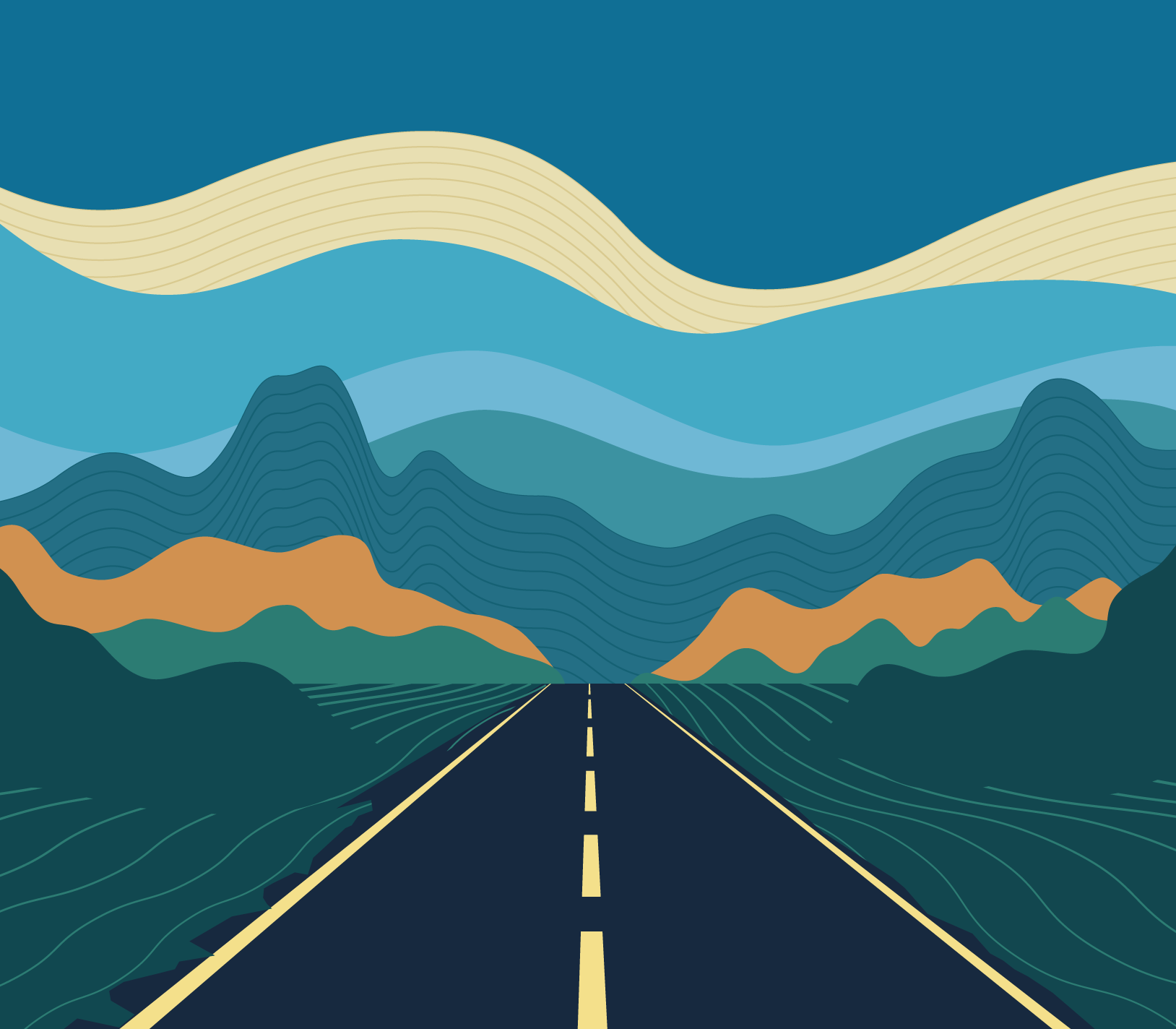Lake Street,
Minnesota
IN PARTNERSHIP WITH
Deals in Lake Street, Minnesota
DEALS IN Lake Street, Minnesota
This is a list of lakes of Minnesota. Although promoted as the "Land of 10,000 Lakes", Minnesota has 11,842 lakes of 10 acres (4.05 ha) or more. The 1968 state survey found 15,291 lake basins, of which 3,257 were dry. If all basins over 2.5 acres were counted, Minnesota would have 21,871 lakes. The prevalence of lakes has generated many repeat names. For example, there are more than 200 Mud Lakes, 150 Long Lakes, and 120 Rice Lakes. All but four of Minnesota's 87 counties (Mower, Olmsted, Pipestone and Rock) contain at least one natural lake. Minnesota's lakes provide 44,926 miles of shoreline, more than the combined lake (~32,000 mi) and coastal (3,427 mi) shorelines of California.
Lakes whose coordinates are included below are visible in linked OSM map.
Find more things to do, itinerary ideas, updated news and events, and plan your perfect trip to Lake Street

